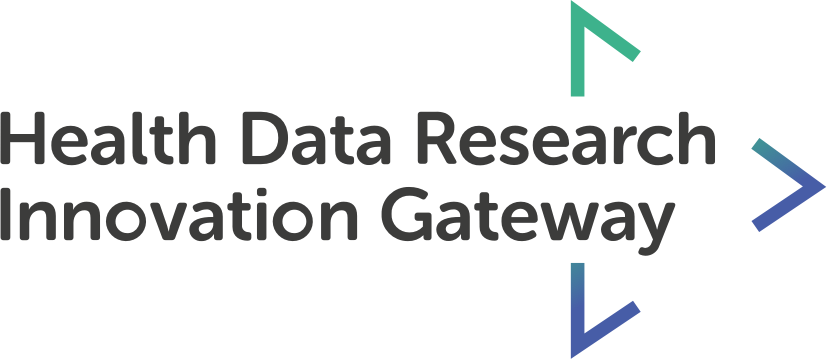Lay Summary
Homozygosity for the SERPINA1 Z allele causes α1-antitrypsin deficiency, a rare condition that can cause lung and liver disease. However, the effects of Z allele heterozygosity on nonrespiratory phenotypes, and on lung function in the general population, remain unclear. We conducted a large, population-based study to determine Z allele effects on >2400 phenotypes in the UK Biobank (N=303 353). Z allele heterozygosity was strongly associated with increased height (β=1.02 cm, p=3.91×10-68), and with other nonrespiratory phenotypes including increased risk of gall bladder disease, reduced risk of heart disease and lower blood pressure, reduced risk of osteoarthritis and reduced bone mineral density, increased risk of headache and enlarged prostate, as well as with blood biomarkers of liver function. Heterozygosity was associated with higher height-adjusted forced expiratory volume in 1 s (FEV1) (β=19.36 mL, p=9.21×10-4) and FEV1/forced vital capacity (β=0.0031, p=1.22×10-5) in nonsmokers, whereas in smokers, this protective effect was abolished. Furthermore, we show for the first time that sex modifies the association of the Z allele on lung function. We conclude that Z allele heterozygosity and homozygosity exhibit opposing effects on lung function in the UK population, and that these associations are modified by smoking and sex. In exploratory analyses, heterozygosity for the Z allele also showed pleiotropic associations with nonrespiratory health-related traits and disease risk.
Authors:
Fawcett KA, Song K, Qian G, Farmaki AE, Packer R, John C, Shrine N, Granell R, Ring S, Timpson NJ, Yerges-Armstrong LM, Eastell R, Wain LV, Scott RA, Tobin MD, Hall IP.
Original content: https://web.www.healthdatagateway.org/paper/33981765
